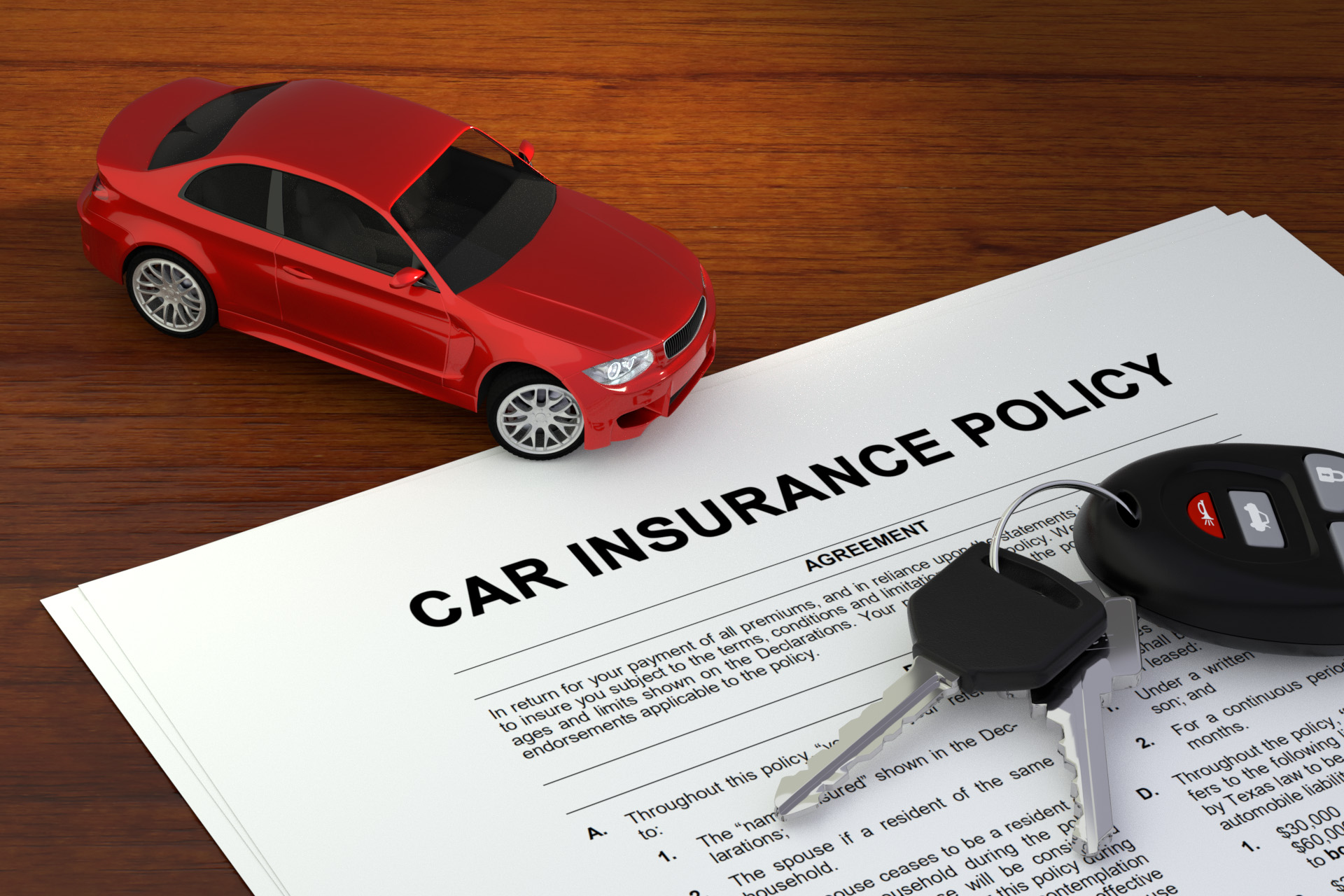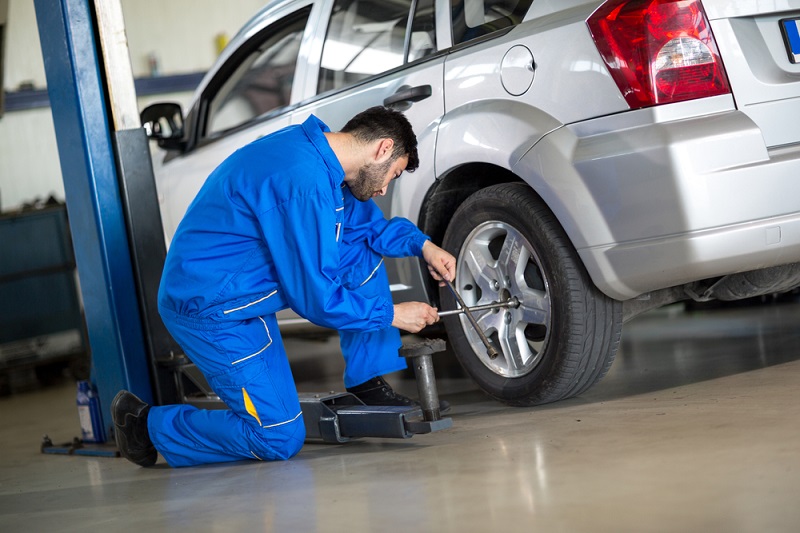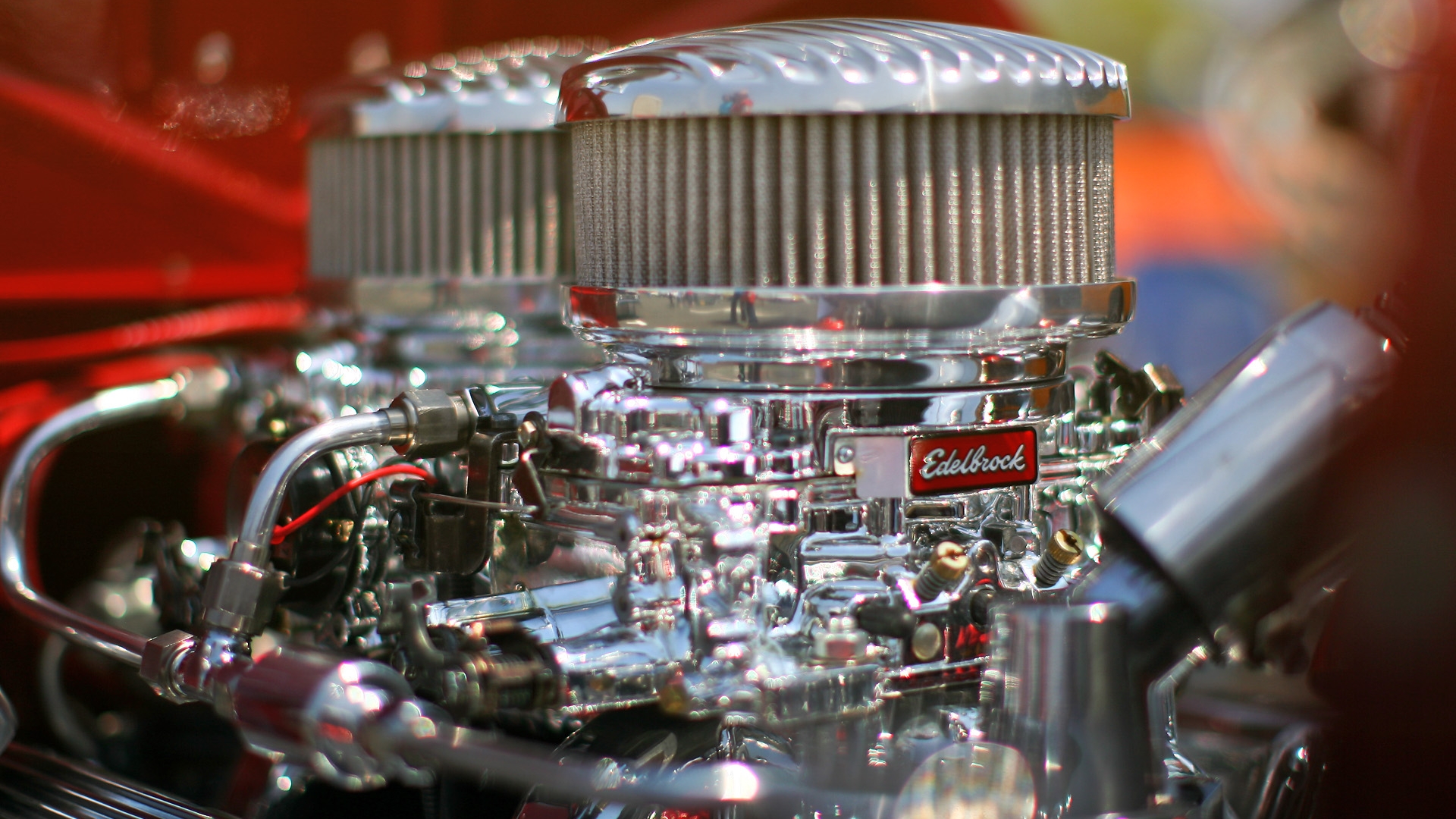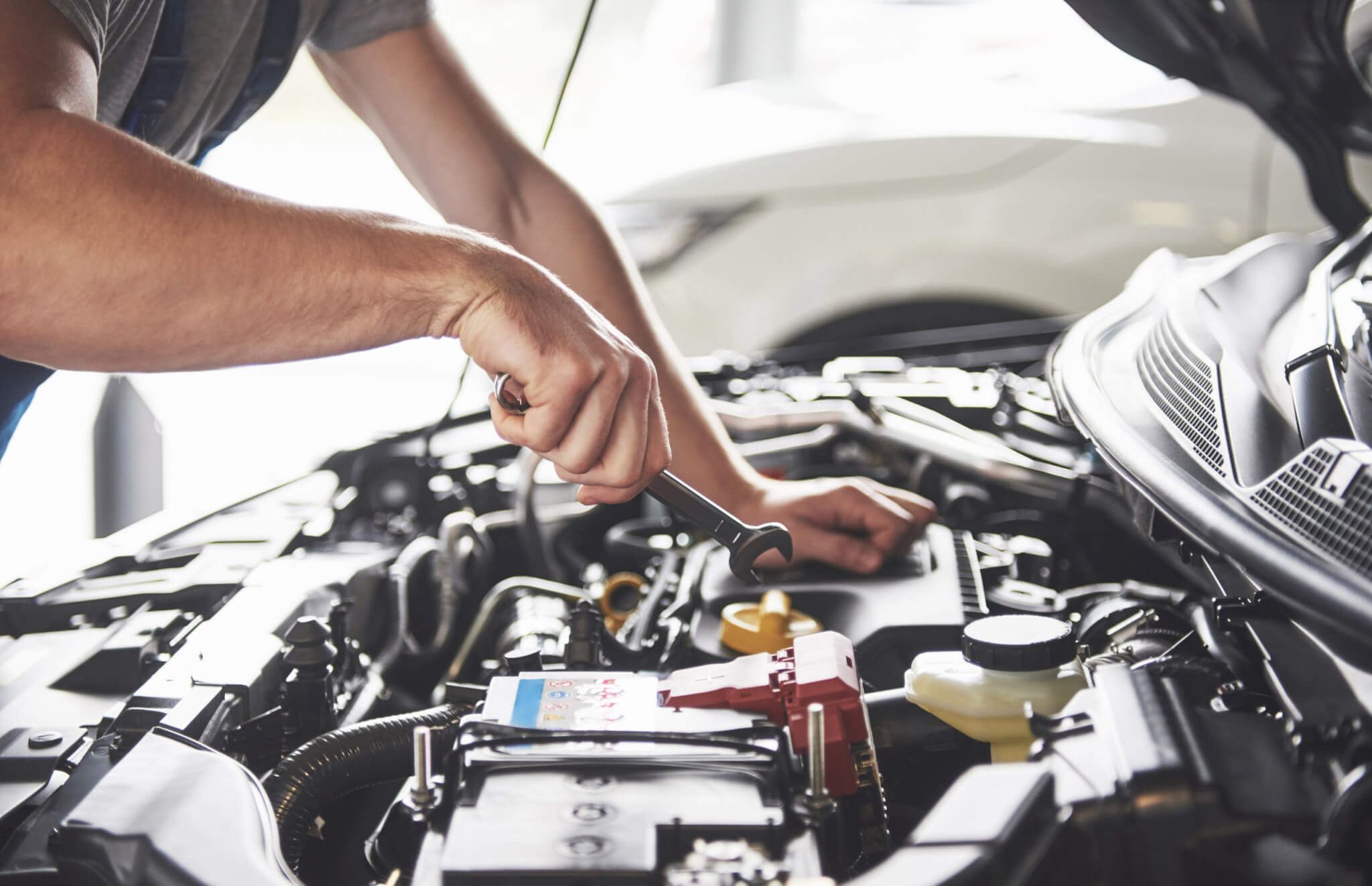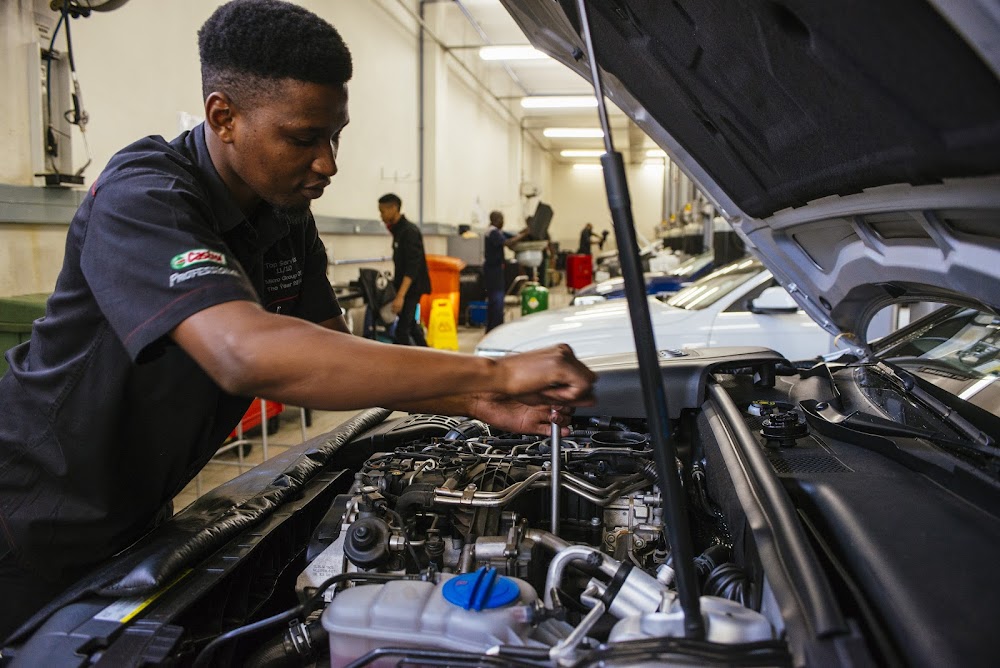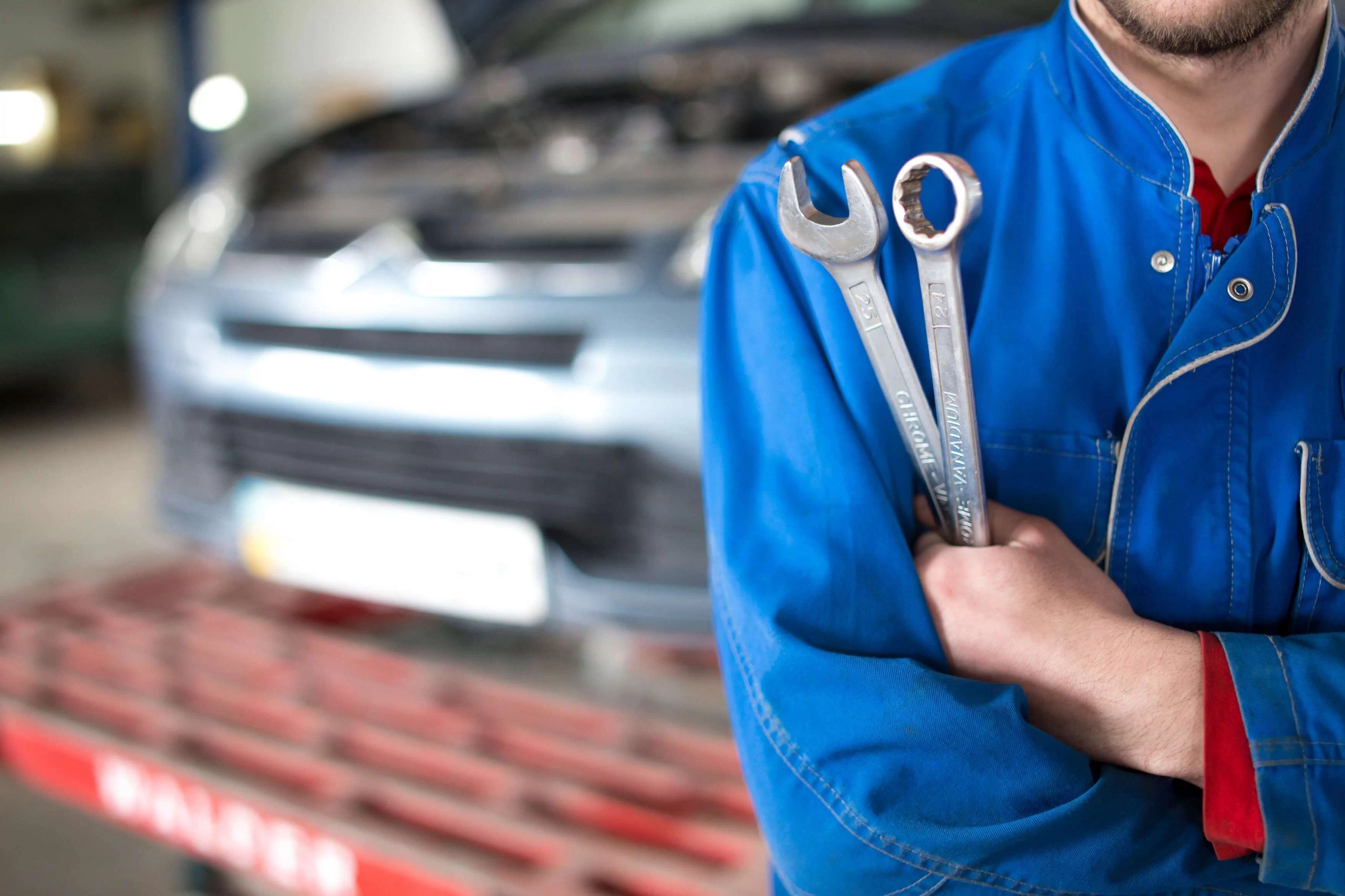Proper wheel alignment is crucial for maintaining the performance, safety, and longevity of your vehicle. This article discusses the importance of wheel alignment and the benefits of ensuring your wheels are correctly aligned.
What is Wheel Alignment?
Wheel alignment refers to the process of adjusting the angles of your vehicle’s wheels to the manufacturer’s specifications. The three main angles that are adjusted are the camber, toe, and caster.
Camber is the inward or outward tilt of the top of the wheel. If the top of the wheel is tilted outward, it is called positive camber. If it is tilted inward, it is called negative camber.
Toe is the angle of the wheels when viewed from above. If the wheels are tilted inward, it is called toe-in. If they are tilted outward, it is called toe-out.
Caster is the angle of the steering axis when viewed from the side. A positive caster angle means the steering axis tilts towards the driver, while a negative caster angle tilts away from the driver.
Why is Wheel Alignment Important?
Proper wheel alignment is essential for several reasons:
- Safety: Misaligned wheels can cause your vehicle to pull to one side, making it difficult to control. This can be especially dangerous in wet or icy conditions, where the loss of control can lead to accidents.
- Performance: Correct wheel alignment ensures that your vehicle handles properly, with good stability and traction. This is especially important for high-performance vehicles, which require precise handling and control.
- Fuel Efficiency: Misaligned wheels can cause your vehicle to work harder, resulting in increased fuel consumption. By ensuring your wheels are correctly aligned, you can improve your vehicle’s fuel efficiency and save money on gas.
- Tire Life: Misaligned wheels can cause uneven tire wear, which can reduce tire life and lead to premature tire replacement. By ensuring your wheels are correctly aligned, you can extend the life of your tires and save money on replacements.
When Should You Get Your Wheels Aligned?
It is recommended to have your wheels aligned every 12,000 miles or at least once a year. However, there are some signs that your vehicle may need an alignment sooner, including:
- Your vehicle pulls to one side when driving straight
- Your steering wheel is not centred when driving straight
- Your tires show uneven wear or wear on the inside or outside edges
- You notice a vibration in your steering wheel or vehicle
If you experience any of these symptoms, it’s essential to have your wheels checked as soon as possible.
Proper wheel alignment is crucial for maintaining the safety, performance, and longevity of your vehicle. By ensuring your wheels are correctly aligned, you can improve handling, fuel efficiency, and tire life, while also preventing accidents and premature wear and tear. If you suspect your vehicle may need an alignment, don’t hesitate to have it checked by a professional mechanic.






